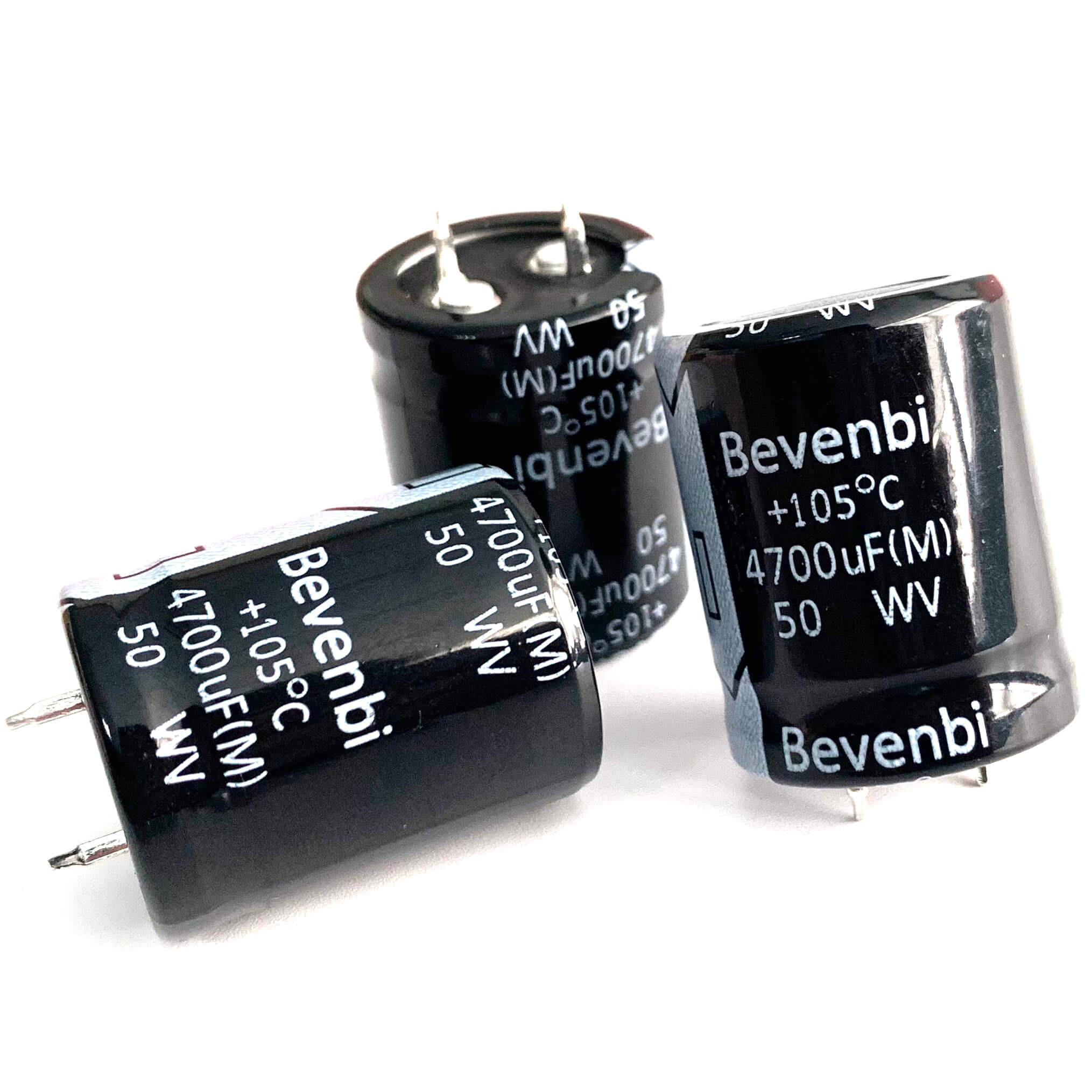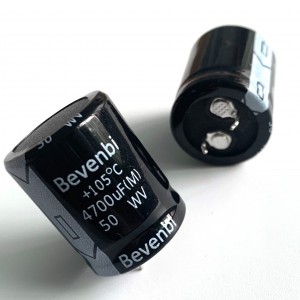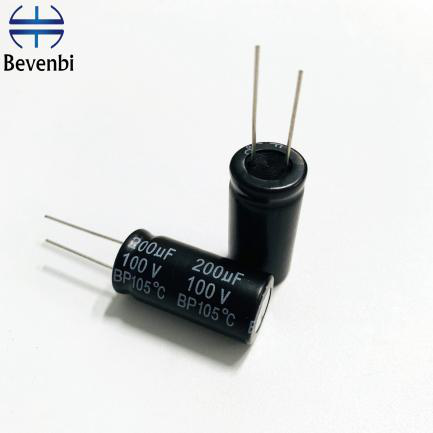As well as the overall size of the conductive plates and their distance or spacing apart from each other, another factor which affects the overall capacitance of the device is the type of dielectric material being used. In other words the “Permittivity” (ε) of the dielectric.
The conductive plates of a capacitor are generally made of a metal foil or a metal film allowing for the flow of electrons and charge, but the dielectric material used is always an insulator. The various insulating materials used as the dielectric in a capacitor differ in their ability to block or pass an electrical charge.
This dielectric material can be made from a number of insulating materials or combinations of these materials with the most common types used being: air, paper, polyester, polypropylene, Mylar, ceramic, glass, oil, or a variety of other materials.
The factor by which the dielectric material, or insulator, increases the capacitance of the capacitor compared to air is known as the Dielectric Constant, k and a dielectric material with a high dielectric constant is a better insulator than a dielectric material with a lower dielectric constant. Dielectric constant is a dimensionless quantity since it is relative to free space.



The Capacitance of a Capacitor
Capacitance is the electrical property of a capacitor and is the measure of a capacitors ability to store an electrical charge onto its two plates with the unit of capacitance being the Farad (abbreviated to F) named after the British physicist Michael Faraday.
Capacitance is defined as being that a capacitor has the capacitance of One Farad when a charge of One Coulomb is stored on the plates by a voltage of One volt. Note that capacitance, C is always positive in value and has no negative units. However, the Farad is a very large unit of measurement to use on its own so sub-multiples of the Farad are generally used such as micro-farads, nano-farads and pico-farads, for example.
Standard Units of Capacitance
Microfarad (μF) 1μF = 1/1,000,000 = 0.000001 = 10-6 F
Nanofarad (nF) 1nF = 1/1,000,000,000 = 0.000000001 = 10-9 F
Picofarad (pF) 1pF = 1/1,000,000,000,000 = 0.000000000001 = 10-12 F
Then using the information above we can construct a simple table to help us convert between pico-Farad (pF), to nano-Farad (nF), to micro-Farad (μF) and to Farads (F) as shown.
| Pico-Farad (pF) | Nano-Farad (nF) | Micro-Farad (μF) | Farads (F) |
| 1,000 | 1.0 | 0.001 | |
| 10,000 | 10.0 | 0.01 | |
| 1,000,000 | 1,000 | 1.0 | |
| 10,000 | 10.0 | ||
| 100,000 | 100 | ||
| 1,000,000 | 1,000 | 0.001 | |
| 10,000 | 0.01 | ||
| 100,000 | 0.1 | ||
| 1,000,000 | 1.0 |
Post time: Aug-04-2020